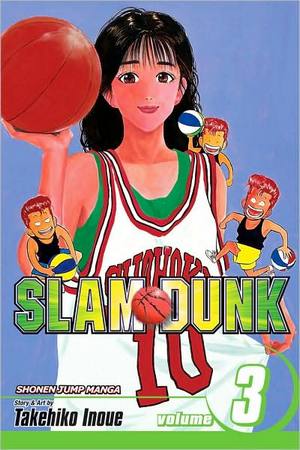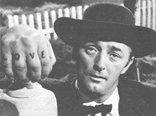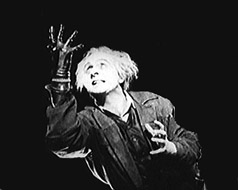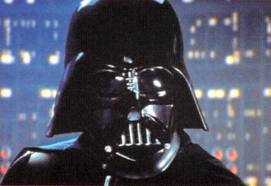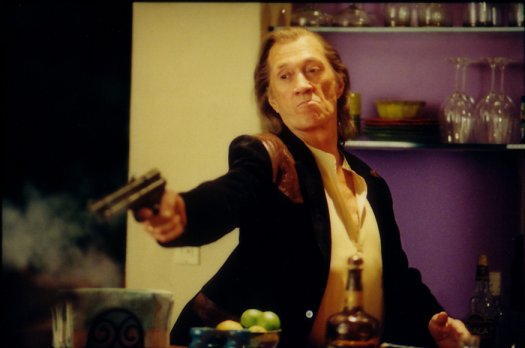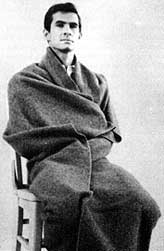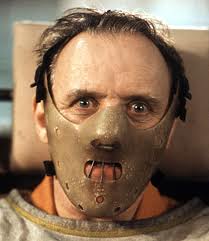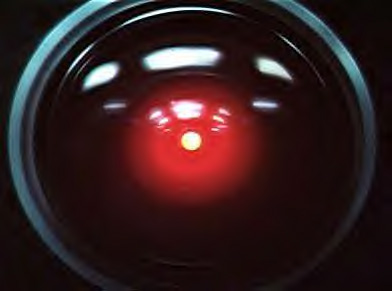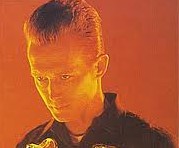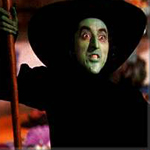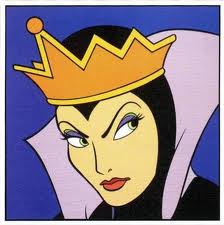The regular news: I’ve nearly finished the toning for Chapter 4. Once I finish I’ll post some samples up, but right now I’m taking a breather between inking while reading manga.
The shocking news: For this manga recommendation, I’m actually recommending Dragon Ball. Yes, you read right, DRAGON BALL. And I shall justify myself by saying that I never meant to recommend Dragon Ball. I was going to recommend a Saimon Fumi series, but on my way to the bookshelf I tripped over an old pile of Dragon Ball manga, which I haven’t seen in YEARS. This was the first manga I bought. My old memories of Dragon Ball has been soured by the never-ending anime series and the lousy manga plotting, but this was different. This was the EARLIER Dragon Ball volumes – basically DragonBall in its glory days (before it fell victim to editorial mandates). And when I sat down to give my memory a jog, I was shocked to find how GOOD it was. And so here we have the sad story of the manga that should have ended at volume 28, but instead got dragged beyond all redemption to volume 42.
 Dragon Ball (Akira Toriyama)
Dragon Ball (Akira Toriyama)
42 volumes, but only 1-28 worth reading
Before I start, I have to draw a clear and definitive line between Dragon Ball the MANGA, and Dragon Ball the MARKETING JUGGERNAUT. The former is the manga, by Akira Toriyama, and nothing more. The latter would include the anime, the video games, the action-figures, the trading cards, the posters, CDs, memorabilia, marketing tie-ins… and just about everything that makes people who have never seen Dragon Ball hate it. It’s essential to make this difference, because what makes Dragon Ball a good manga is also what makes it a terrible anime (and all-consuming marketing monster). If your primary conception of Dragon Ball comes from the anime, then you’ve been tainted and probably don’t want to read the manga. On the other hand, if you LOVE the anime, then the manga is just one more part of the franchise. So therefore, this recommendation are for the non-fans only.
Plot
Everyone knows the story of DragonBall, including the village idiot in some Ethiopia basin. It’s an action-adventure and martial arts extravaganza which started, for better or for worse, the whole “fighting manga” craze in Shonen manga. The main character is Son Goku, a naive but lethal fighter who is six degrees of separation from the Monkey King of Chinese myth. It chronicles his adventures in finding the seven Dragon Balls – mythical orbs that will grant the user any wish when collected in full. On the way, there is first alot of adventure, then alot of fighting, and Goku himself grows from a young child to an adult with a wife and son. But none of that’s important. What IS important is that the first third of this manga is good, the middle third great, and the last third garbage. Infact, the last third has almost nothing to do with the mythical Dragon Balls – a telling sign the author (or should I say the editors) have lost the plot.
To make it easier, I’ve loosely divided it into 4 parts, with brief plot summaries.
Vol 1-16: Goku as a child and teenager. Lots of adventure, toilet humour, goofy stories, and extended bursts of gravity defying kung fu at the “Tenka-ichi Tournament”. Kinda fun – read it to understand the second part.
Vol 17-28: Shifts drastically in tone as Goku becomes a husband and father – this story arc is much darker and dramatic than before. Turns out Goku is a member of an alien race called the Saiyans, whose planet was destroyed by the arch-villain of this arc, Freezer. Probably the best part of this arc is the race by differing factions on Planet Namek to collect the Dragon Balls. This is what makes me recommend Dragon Ball as a manga.
Vol 29-35: The Androids and Cell arc. Bearable, but getting sillier by the volume.
Vol 36-42: Almost undoes the earlier greatness with it’s crapness. My quality of life WOULD be better if this never existed.
Why I recommend this story
If Dragon Ball ended at Volume 28, it would have been regarded as an all-time action-adventure classic. Instead, it ended at volume 42, a shadow of it’s former self. Along the way, it has been tagged violent, tasteless, crudely drawn, testosterone-fuelled, never-ending, and a monument to marketing excess. Which are all images fostered by the anime – so pervasive it upstages the original material and condemns it in the minds of people who prefer plot and character.
The intense irony of it, and I felt it keenly when I re-discovered the manga, is that none of the assertions are true. The original Dragon Ball does feature violence and testosterone, but it also has tight plotting and strong characterisations. In fact, what many people don’t realise is that Dragon Ball was always about plot and character, and not about fighting. What it does heads and shoulders above it’s imitators is its USE of action adventure to draw out personalities and set the stage. It is NOT about violence for the sake of violence, or at least it wasn’t until volume 28 onwards. It’s a sad thing that those who followed in its footsteps thought Dragon Ball was popular because of the action. No, it was popular because of the plotting and characterisations.
The part I recommend most is Dragon Ball Z (vol 17-28), which has the best share of dramatic moments. It’s also extra heavy on fighting, but if you compare this arc with the current Shonen Jump front-runners, you’ll find that there actually isn’t much “fighting” happening. It gives the IMPRESSION there’s alot of fighting because the characters mostly interact with each other through martial arts, but even so, the fighting exists in small bursts rather than extended battles. No one fight for more than 10 pages before a plot point happens and things change direction.
The best part of this is the arc on Planet Namek, where there is a race by competing parties to find the Dragon Balls and to keep others from finding it. The fact that there is a mega-villain far stronger than all other characters put together means that there is an element of strategy happening. Yes, that’s right – people SERIOUSLY using their brains in a fighting manga. They run away rather than face a stronger opponent. Is this against the sacred “He may be 10x stronger than me, but I can still beat him through persistence” mantra championed by the likes of Naruto? Yes it is, because Dragon Ball Z didn’t start this mantra. In Dragon Ball Z, weak people and idiots get pounded into the ground no matter how persistent they are. Looking at the plotting, it simply has none of the deux es machina that other fighting manga depend upon for plot. You know the story – someone gets pounded by the villain, but they then “find” some superskill while they’re taking a beating, and then somehow turns the tables on the villain. Right. Well, none of that here, except at the very end of the arc which was hinted at all along anyway.
All I’ve done is debunk some myths of Dragon Ball, and perhaps that’s enough for the average manga reader to be motivated enough to give it a try. Ofcourse, if you’re not an action-adventure fan, you’ll never like this regardless of what I say. Dragon Ball may be strong on plot and character, but it still falls squarely into the “tough action man” genre. There are strutting villains, bombastic speeches, grand entrances, astonished bystanders, cannon-fodder characters and all the things you’ll expect to find in a story about good triumphing over evil. What makes it a cut above the rest is the dynamic Jackie Chan-style action – it looks like violence, but is actually balletic martial arts manouvers. And let’s face it, a decade since the end of Dragon Ball Z, and Akira Toriyama is still the best action manga-artist you’ll EVER find. In terms of clarity and dynamism, none can compare to what he does in Dragon Ball. And he does it all without oceans of blood too, which is found in 90% of all other fighting manga for reasons I cannot fathom.
Dragon Ball was so phenonmenal because it made action adventure into something with an appeal to people of all ages. Believe me, that’s a lot harder to do that it looks.


